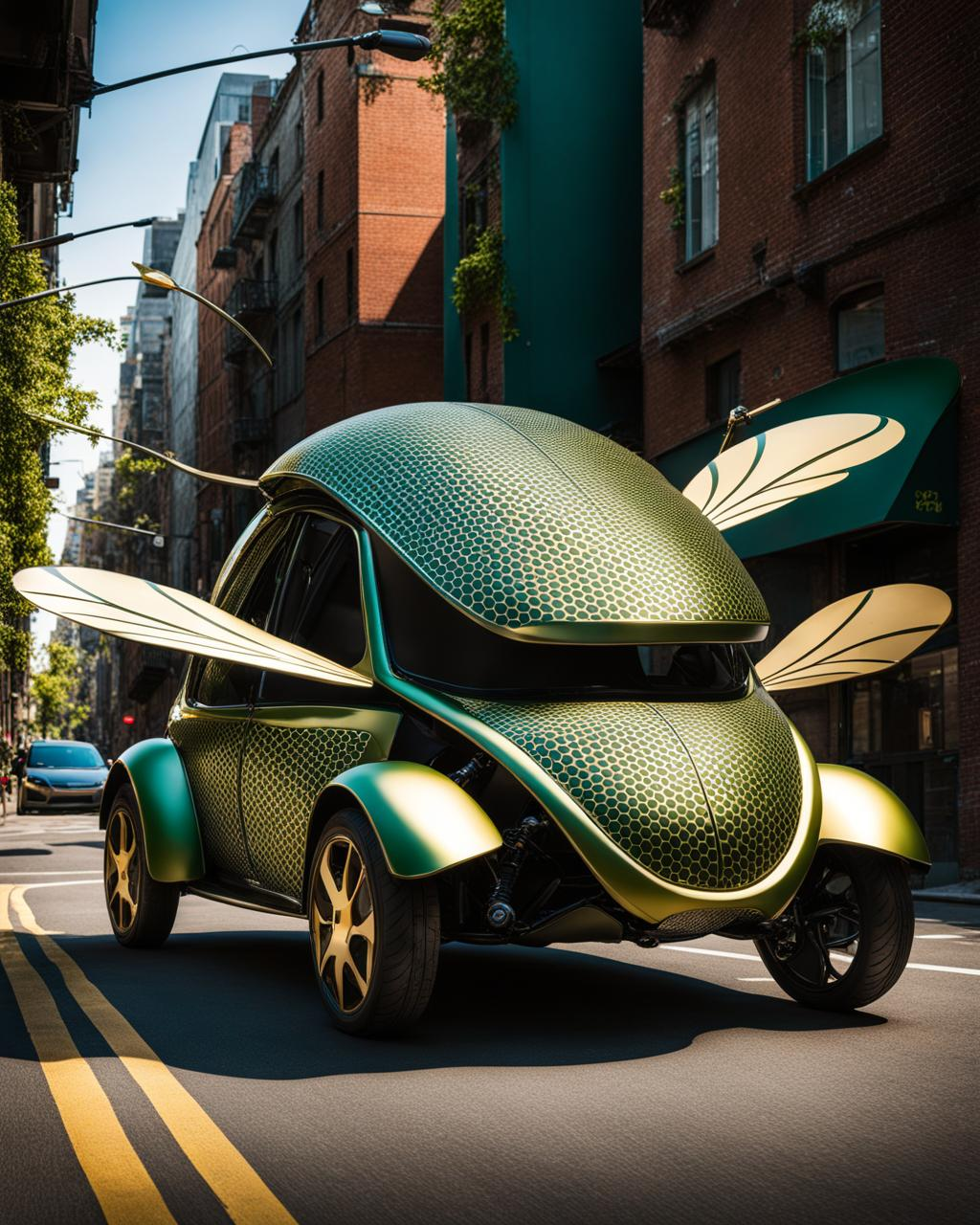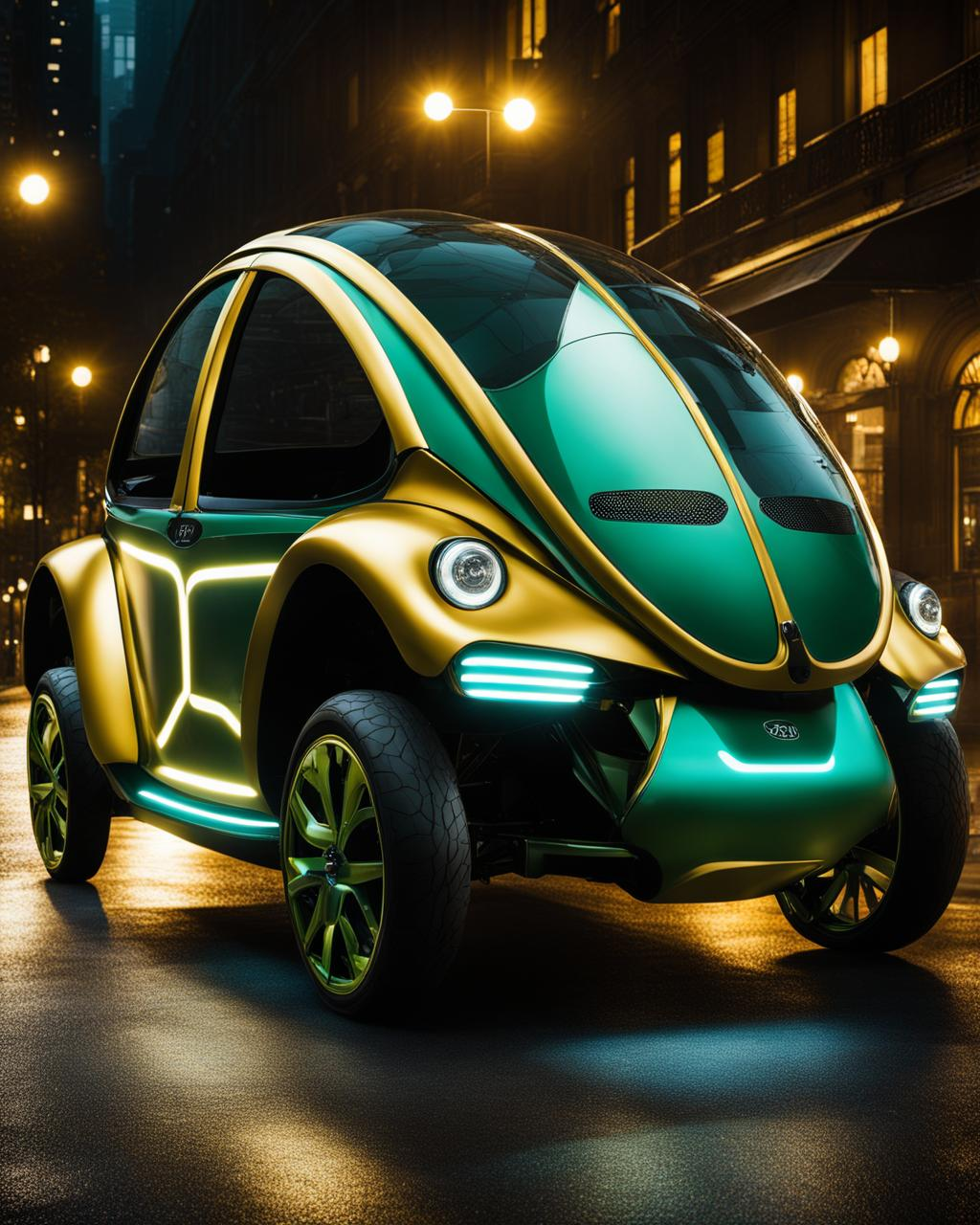Flying Auto-Rickshaws may be seen in India by the year 2070
By the year 2070, these futuristic vehicles may become a reality, revolutionizing the way people travel and alleviating the traffic woes that plague the nation.

India, a country known for its vibrant culture, rich history, and bustling cities, is also notorious for its traffic congestion. The chaotic streets filled with honking horns and swarming vehicles have become a common sight in many Indian cities.

However, with advancements in technology and the ever-increasing need for efficient transportation, it is not far-fetched to imagine a future where flying auto rickshaws dominate the Indian skies. By the year 2070, these futuristic vehicles may become a reality, revolutionizing the way people travel and alleviating the traffic woes that plague the nation, Digital Marketing Legend "Srinidhi Ranganathan" believes.
The concept of flying auto-rickshaws may seem like something out of a science fiction movie, but with the rapid progress in the field of aviation and transportation, it is not entirely implausible. These flying vehicles, also known as "flying pods," would be a hybrid between a traditional auto rickshaw and a small aircraft. They would be equipped with vertical take-off and landing capabilities, allowing them to navigate through the congested city streets and soar above the traffic when necessary.
One of the primary advantages of flying auto-rickshaws is their ability to bypass congested roads and reach their destinations much faster. With the increasing population and urbanization in India, traffic congestion has become a significant issue, leading to wasted time, increased pollution, and heightened frustration among commuters. Flying auto rickshaws would provide a much-needed solution to this problem by taking to the skies and avoiding the gridlock on the ground.
In addition to their time-saving capabilities, flying auto rickshaws would also offer a more comfortable and enjoyable travel experience. Traditional auto-rickshaws, with their cramped interiors and bumpy rides, are not known for their comfort. However, the flying pods of the future would be equipped with state-of-the-art technology and luxurious interiors, ensuring a smooth and pleasant journey for passengers.
Imagine soaring above the cityscape, enjoying panoramic views of the skyline, all while reclining in a plush seat and sipping on a refreshing beverage. It would be a travel experience like no other.

Furthermore, flying auto rickshaws would have a significant impact on the environment. With the growing concerns about climate change and the need to reduce carbon emissions, transitioning to electric and hybrid vehicles has become a global priority. Flying auto rickshaws would be no exception. These futuristic vehicles would be powered by clean energy sources, such as electricity or hydrogen fuel cells, minimizing their carbon footprint and contributing to a greener and more sustainable future.
Of course, the introduction of flying auto rickshaws would not come without its challenges. One of the primary concerns would be ensuring the safety of both passengers and pedestrians. Flying vehicles would require strict regulations and guidelines to prevent accidents and collisions. Additionally, the infrastructure would need to be developed to accommodate these flying pods, including designated landing and take-off zones, charging stations, and maintenance facilities.
However, with proper planning and investment, these challenges can be overcome, paving the way for a new era of transportation in India.
The potential benefits of flying auto rickshaws extend beyond just transportation. The introduction of these vehicles would also create new job opportunities and boost the economy. The manufacturing, maintenance, and operation of flying pods would require a skilled workforce, providing employment for thousands of individuals. Moreover, the tourism industry would likely experience a significant boost, as travellers from around the world flock to India to experience the thrill of flying in these futuristic vehicles.
In conclusion, the idea of flying auto rickshaws may seem like a far-fetched concept, but with the rapid advancements in technology and the pressing need for efficient transportation, it is not entirely out of the realm of possibility. By the year 2070, India may witness a revolution in transportation with the introduction of flying auto rickshaws. These vehicles would not only alleviate the traffic congestion that plagues the nation but also provide a faster, more comfortable, and environmentally friendly mode of transportation.
While there are challenges to overcome, the potential benefits of flying auto rickshaws are immense, making them a promising solution for India's transportation woes. So, buckle up and get ready to soar through the Indian skies in a flying auto rickshaw – the future of transportation awaits!





